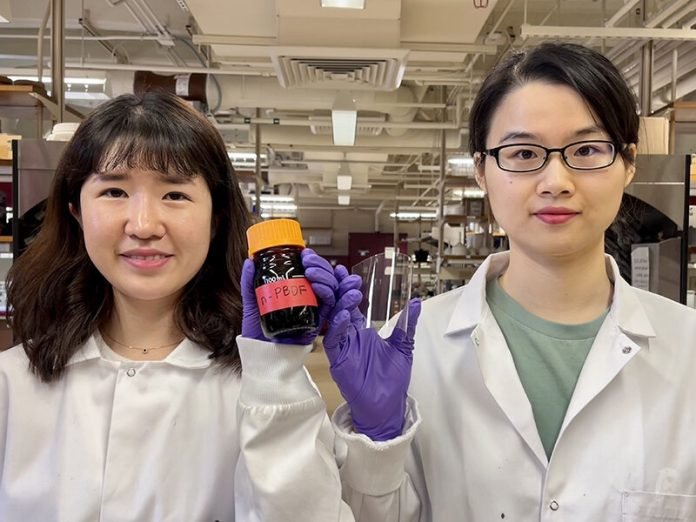
Researchers at Purdue University have developed a new, transparent material that can be used in touch screens, light-emitting diodes (LEDs), solar cells, and other devices.
This new material is made from special polymers, which are less expensive and more abundant than the rare-earth minerals used in traditional transparent conductors.
Transparent conductors like indium tin oxide (ITO) are essential components in many electronic devices. They help conduct electricity and allow us to see images, text, and videos through them.
However, ITO has some disadvantages, such as being fragile and expensive due to the rarity of the minerals used.
Jianguo Mei, a professor in the Department of Chemistry, explained how touch screens work. They have several layers, including a top layer of glass or plastic, a conductive layer beneath it, and a circuit board that reads signals from the conductive layer.
When you touch the screen, you disrupt the electrical field in the conductive layer, and the circuit board detects this disruption to determine where you touched.
Mei and his research team have created a new type of transparent conductor made from carbon-based materials.
These materials are less expensive and easier to manufacture into thin films compared to ITO. The new thin-film transparent conductors perform just as well as those made with ITO.
This new material can be stored for months in normal conditions and has excellent durability.
The research was published in the Journal of the American Chemical Society, and the next steps for the team are to keep improving their material and work on making it suitable for large-scale production.
Source: Purdue University.



